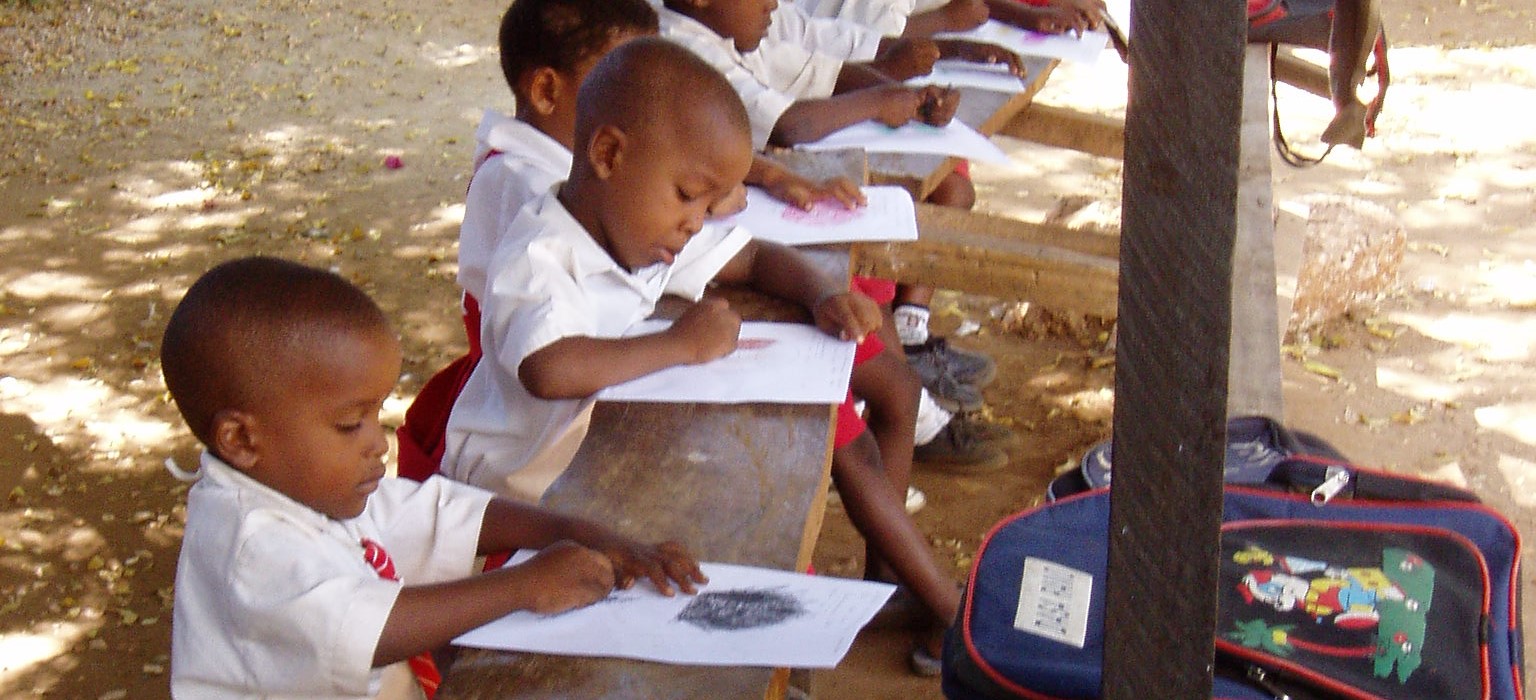When and How Do Toddlers in Rural Western Kenya Understand the Representational Nature of Pictures?

Kenyan students | SC Cunningham via Flickr
Study Context
In Western contexts, the most widely used learning materials and assessment tools of early cognitive abilities all involve picture stimuli, which leads to an implicit assumption: Children across cultures and contexts understand pictures in the same way. However, the lack of cross-cultural work on picture comprehension presents a significant research gap. Specifically, it is unknown whether children living in environments without many picture books or other visual symbols begin to understand pictures at the same age as their counterparts living in environments with many pictures. Differences in picture comprehension can drastically change the efficacy of learning materials and the validity of assessment scores. Thus, in order to determine how to appropriately translate learning materials and assessment tools globally, exploring when and how children understand pictures across cultures and contexts is of paramount importance.
Study Design
The data was collected from 192 children in their first year of formal schooling in public schools in Mombasa, Kenya. Within each school, children were randomly assigned to one of two conditions: the Picture condition (i.e., a receptive vocabulary test involving picture stimuli) or the Object condition (i.e., a receptive vocabulary test involving object stimuli). The key outcome of interest was preschoolers’ performance on a receptive vocabulary task, where children were presented with four pictures and asked for one of the pictures with a total of 12 trials.
Results and Policy Lessons
The results suggest that the Kenyan preschoolers performed significantly better on the Object condition than the Picture condition. This study may inform development of assessment tools in non-Western settings by better understanding how children interpret the representational nature of pictures. Acquiring knowledge about the cross-cultural development of picture comprehension will help policy-makers tailor school programs and assessments to children from diverse backgrounds.

